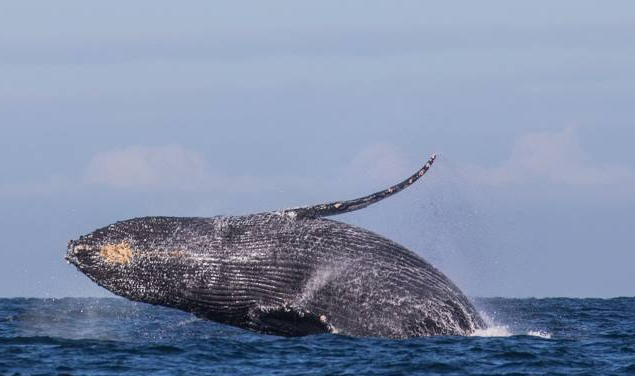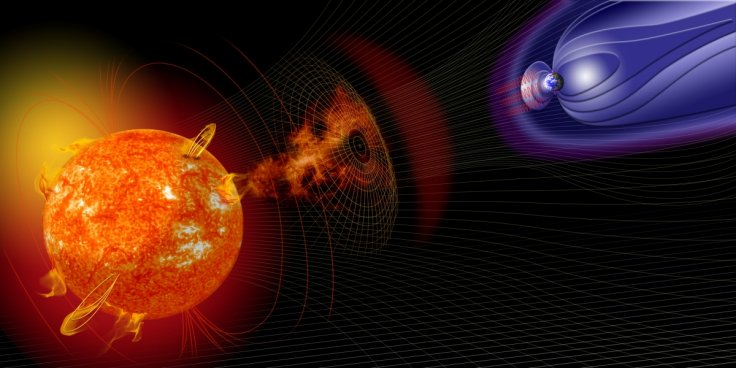A group of scientists was able to study how solar storms can affect certain types of whales as they migrate across oceans. According to their study, the effects of solar storms on Earth can cause whales to get stranded or lost during migration seasons.
The scientists presented their findings during the recent Integrative and Comparative Biology meeting held in Austin, Texas.

Studying migration behavior of whales
For their study, the scientists focused on migratory whales such as gray whales because they most likely use magnetoreception for navigation. This is a natural characteristic that allows certain animals to detect the Earth's magnetic field. Every year, gray whales swim from Baja California in Mexico to the cool waters of the Bering and Chukchi seas near Alaska. This occurs from March to June. During their voyage, one or a couple of whales occasionally get lost and stranded along the way.
Although veering away from their intended paths can be caused by a number of factors such as the presence of predators, scientists believe that it is also possible that whales get lost due to disruptions in the Earth's magnetic field. Scientists noted that these disruptions can be caused by the sunspots and high levels of radio waves emitted by solar storms on Earth.
"There's a huge chunk in the radio frequency (RF) wave range that does make it all the way to the Earth," Jesse Granger, the lead author of the study and a conservation biophysicist said in a statement according to Live Science.

Link Between Solar Storms And Whales
To test their findings, the scientists analyzed the data on gray whale stranding in the West Coast during migration seasons from 1985 to 2018. The data showed that even healthy and young gray whales were susceptible to getting lost or stranded.
After cross-referencing the data with records of solar storms on Earth, the scientists discovered that a large number of gray whales tend to get lost when there were high levels of radio frequencies and sunspots hitting the planet. "Whales are stranding a lot more often when the sun is doing crazy stuff," Granger said. The scientists plan to carry out follow-up studies to see if the same phenomenon can be observed in other migratory species.









